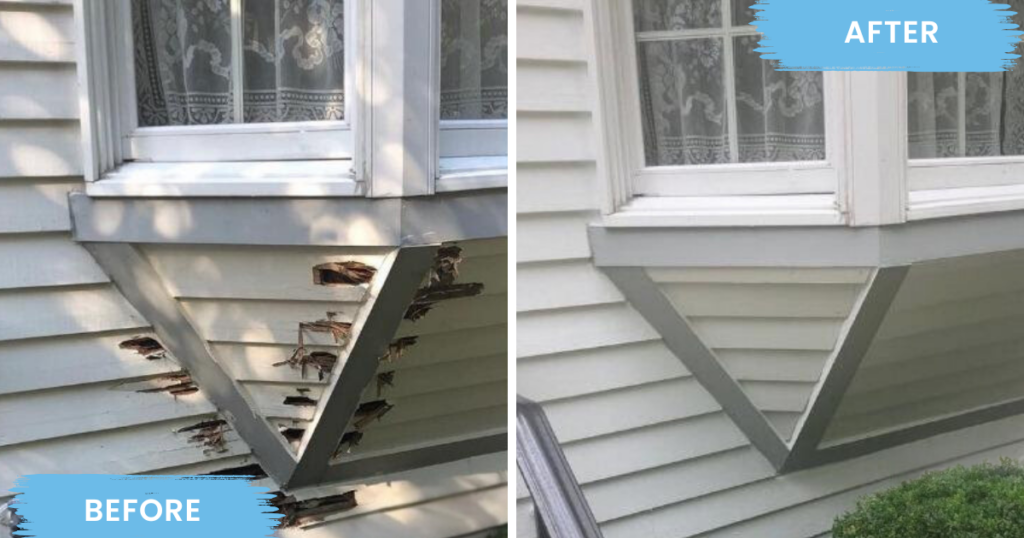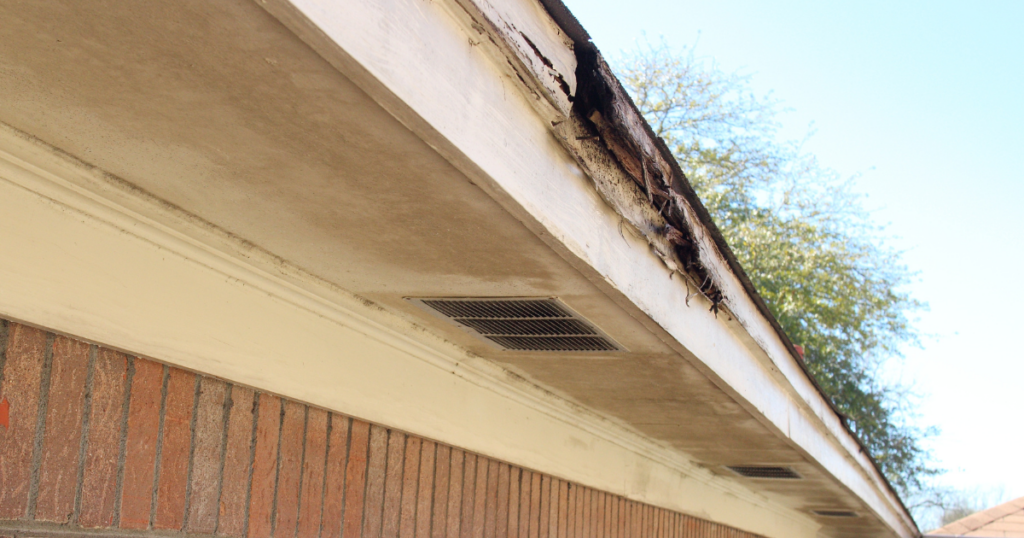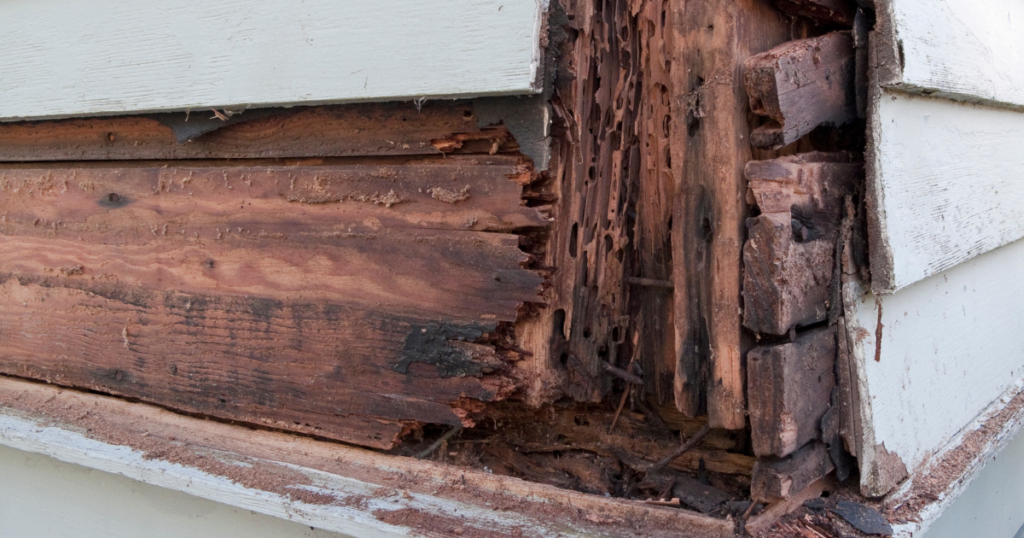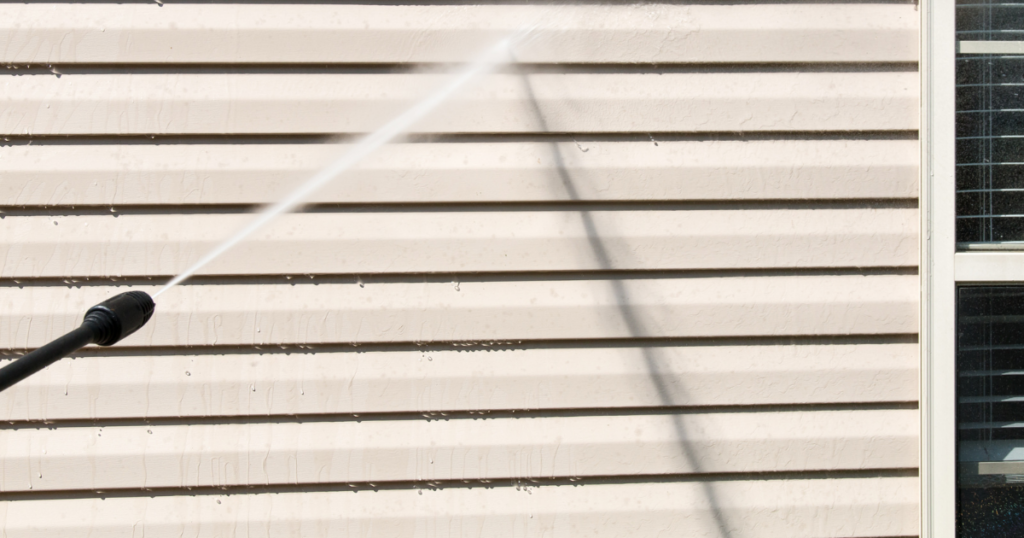Living in the Northeast comes with its fair share of seasonal beauty, from snowy winters to vibrant falls and humid summers. But for homeowners in areas like Westchester County, NY, Fairfield County, CT, and beyond, these seasonal shifts can also mean a battle against a common enemy: exterior wood rot.
Many homes in our region are built with exposed wood on siding, fascia, decks, stairs, and window or door frames. Over time, this wood is vulnerable to damage from the elements—especially moisture and sun. If not properly maintained, even minor signs of wood rot can lead to significant structural issues.
At A.G. Williams Painting Company, we’ve seen it all—and we know exactly how to deal with it. In this blog, we’re breaking down the right and wrong ways to manage wood rot and how regular exterior maintenance and painting can keep your home protected and beautiful year-round.

What Causes Exterior Wood Rot?
Wood rot is primarily caused by two things: moisture and sun exposure.
- Moisture: When wood is frequently exposed to water—from rain, snow, humidity, or even a leaking gutter—it creates an ideal environment for fungi to thrive. This leads to wet rot, a common issue in shaded or improperly ventilated areas.
- Sunlight: On the flip side, UV rays from the sun can dry out and damage wood over time, causing it to crack, split, and deteriorate. This kind of damage can lead to dry rot, which also compromises the integrity of your exterior wood.
Whether it’s from water or sun, the result is the same: rotted wood loses strength, becomes unsightly, and, if left untreated, can spread damage to surrounding materials.

The Wrong Ways to Deal with Wood Rot
When it comes to wood rot, there are a few approaches that might seem convenient or cost-effective at first—but they often cause bigger problems down the road. Here’s what not to do:
The Risks of Ignoring Wood Rot
Out of sight, out of mind? Not with wood rot. Ignoring signs of decay can lead to:
- Water intrusion
- Mold growth
- Insect infestation
- Structural damage
What starts as a small patch of rot can easily spread, especially in the damp conditions common to areas like Rockland County, NY or Dutchess County, NY.
Why You Shouldn’t Paint Over Wood Rot
Slapping a fresh coat of paint over rotted wood may seem like a quick fix, but it only masks the issue. The rot continues to spread underneath the paint, and the paint itself will peel and fail prematurely.
If you’re interested in how to choose the right exterior paint, check out Benjamin Moore’s guide to exterior finishes.

Avoid Using Cheap Fillers or Spray Foam to Address Wood Rot
Low-quality fillers or expanding spray foam may provide a temporary patch, but they don’t restore structural integrity. Especially in load-bearing or weather-exposed areas like deck stairs or fascia boards, this approach is risky and short-lived.
Cutting corners on exterior maintenance often leads to more expensive repairs in the long run. Check out HGTV’s top home maintenance tips for spring to give you an idea of what you need to prepare for at the turn of the season.
The Right Way to Deal with Wood Rot
Fortunately, there are smart and effective ways to address wood rot—whether you’re dealing with minor damage or a more widespread issue.
Repair Small Areas with Wood Hardener and Filler
- If the rot is limited to the surface and the wood underneath is still sound, you can:
- Remove all decayed wood
- Treat the remaining wood with a high-quality wood hardener
- Apply a durable exterior wood filler
- Sand, prime, and paint with a premium exterior paint
This approach is often ideal for small trim sections or window sills. We recommend using products compatible with Sherwin-Williams’ Emerald® Exterior Paint, which is known for its durability and mildew resistance. Learn more about their product line here.
Partial Board Replacement
In cases of localized rot, it’s sometimes possible to cut out and replace only the affected portion of a board. This works well for:
- Decking planks
- Fascia boards
- Sections of clapboard siding
Be sure to prime the new wood on all sides before installing it, to seal out future moisture.
Full Board Replacement
For more extensive damage, or if the board is too compromised, it’s best to replace the entire piece. This ensures:
- Structural integrity
- Better aesthetic finish
- Fewer seams and joints for water to enter
After replacement, the new board should be:
- Primed on all four sides and both ends
- Painted with two coats of premium exterior paint
This level of attention to detail is a hallmark of the craftsmanship you’ll find at A.G. Williams Painting Company.
Preventing Wood Rot: Maintenance Tips for Northeast Homes
Prevention is always better than cure—especially when it comes to your home’s exterior. Here are a few steps you can take to protect your wood surfaces:
Regular Exterior Painting
Maintaining a protective coating of paint is your first line of defense. At A.G. Williams, we recommend repainting every 5–10 years, depending on the product used and your home’s exposure to the elements.
Not sure when to repaint? Read our seasonal exterior painting guide for tips on timing your maintenance.

Inspect for Leaks and Moisture
- Check your gutters and downspouts
- Look for pooling water around the foundation
- Ensure sprinklers aren’t soaking the siding
Seal Gaps with Caulking
Over time, caulk can crack and shrink. Reapplying caulk around joints, seams, and trim can help keep water out—and protect the wood underneath.
Pressure Wash Annually
Gentle pressure washing (not too high pressure!) can remove mildew, dirt, and debris that trap moisture. This also keeps your paint looking fresh longer.
We offer pressure washing services that are safe for painted surfaces and help extend the life of your exterior coatings.
A.G. Williams Painting Company: Protecting Homes for Over 100 Years
Whether you’re seeing signs of wood rot, need a fresh coat of paint, or just want a professional opinion, A.G. Williams Painting Company is here to help.
Our expert team can assess your home’s condition and recommend the best course of action. We specialize in:
- Exterior painting and restoration
- Wood repair and rot prevention
- Interior painting and wallpaper
- Color consultation and design help
We proudly serve homeowners in Bronx County, NY, Putnam County, NY, Fairfield County, CT, and surrounding areas—and have done so for over a century. Let us help you preserve the beauty and value of your home. Reach out today for expert guidance and high-quality service.